Designing EV interconnect technology that performs
Interconnect products play a vital role in electric vehicles, enabling the transfer of electrical power and data between a vehicle’s key components. High-quality, reliable design is essential.


Interconnect products play a vital role in electric vehicles, enabling the transfer of electrical power and data between a vehicle’s key components. High-quality, reliable design is essential.

The automotive industry is undergoing an unprecedented transition, distinct from any in history. For over a century, vehicles have heavily relied on internal combustion engines (ICEs). However, the critical need for more sustainable transportation is steering the industry toward electric vehicles (EVs).
The compound annual growth rate (CAGR) for EV shipments is expected to approach 22% from now until the end of the decade, according to data compiled by the analyst firm Research & Markets. Predictions suggest that by the end of this period, annual EV shipments will reach approximately 39 million units.
In the era of ICE vehicles, differentiation is primarily centered on engine performance and vehicle handling. Automotive manufacturers
could depend on Tier 1 suppliers to implement innovations in these areas, driving technological progress. But the dynamics are evolving. EV batteries and powertrains are becoming the focal points for differentiation, and in some cases, manufacturers are opting to handle this aspect of development themselves.
To illustrate, consider the traction motor. Reducing its size decreases vehicle weight and extends the range between recharges. Similar advantages can be achieved by enhancing a battery’s energy density and addressing system power losses in components like the dc-dc converter, inverter, and onboard charger.
Today, financial investments in electric vehicle R&D are surpassing that of ICE vehicles, which correlates to a current surge in EV sales.
Interconnect products perform an essential role in EV functioning by enabling the transfer of electrical power and data between the vehicle’s key components. In an EV powertrain, they must include certain characteristics for optimal effectiveness, including:
• Long-term reliability is paramount, considering the harsh

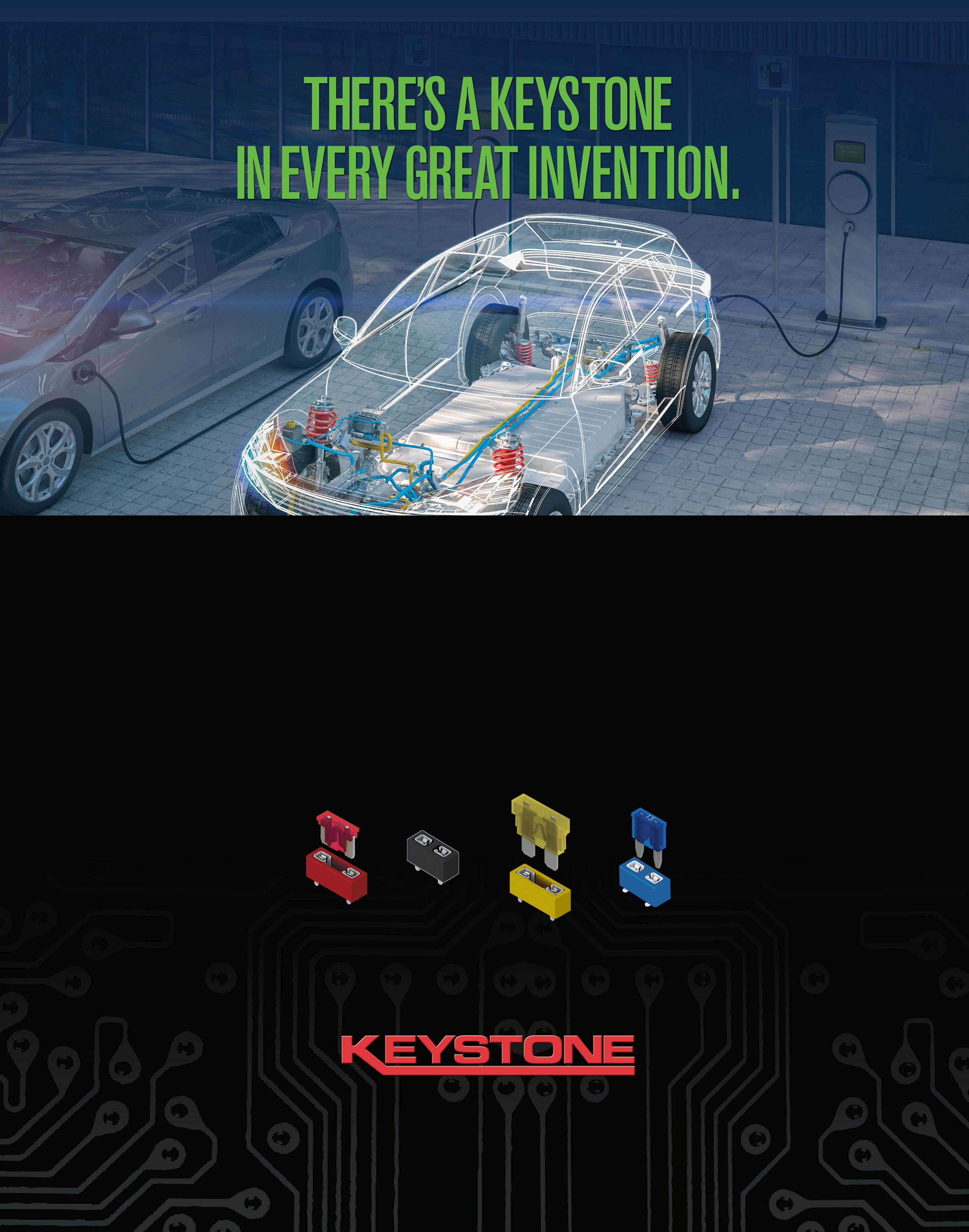

conditions interconnects must endure. Avoiding component replacement or maintenance is crucial to preserving a vehicle manufacturer's reputation and preventing costly recalls due to faulty interconnections.
• With newer EV models operating at higher voltages above the current 400 V, interconnects must support elevated voltage levels to enhance efficiency and minimize power losses.
• Compactness is essential for navigating acute space constraints as the size of powertrain subsystems decreases.
• Low manufacturing costs are imperative, given the pressure from automotive OEMs on suppliers to offer attractive price points, allowing manufacturers to maximize profit margins.
• Effective interconnects have a simple construction methodology. A minimal number of elements should contribute to the overall assembly, ensuring easy attachment to assigned subsystems.
Beyond technical considerations, addressing logistics is vital for seamless integration. Access to local manufacturing and component inventory helps mitigate supply chain disruptions, ensuring a smooth and efficient vehicle development process.

Application scenarios
The following examples illustrate the factors to consider when implementing interconnects in EV sub-systems. Each case mentions potential engineering
Figure 2. A reliable motor stator busbar is needed for harsh automotive environments.
challenges automotive manufacturers face and proposes strategies to overcome them.
1. Motor stator interconnection
In EVs, molded busbars can feature diameters as small as 100mm with copper conductors and plastic packaging. Given their proximity


SENSORS:
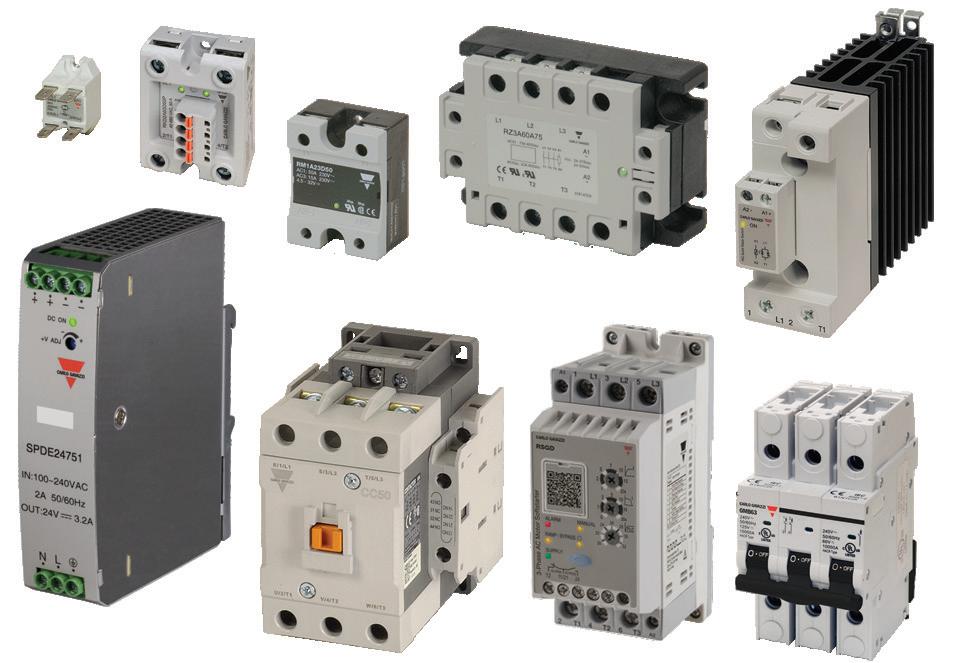
CARLO GAVAZZI has the solution for your application needs, whether it’s our industry leading solid state relays & contactors, energy meters, monitoring relays, soft starters or sensors, available with or without IO-Link.
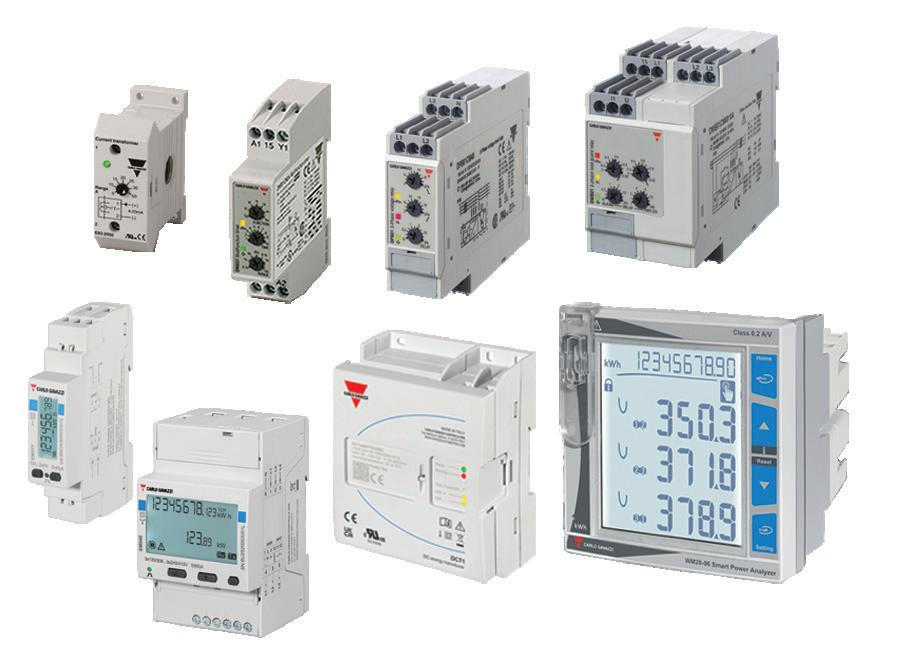
CONTROLS: AC and DC Energy Meters and Transducers • Universal Web Platform • CurrentVoltage- and 3-Phase Monitoring Relays • Current Transformers • Timers • Panel Meters
Contact us today, and one of our field sales representatives will show you why we are one of the fastest growing automation companies worldwide. We’ll even provide a free evaluation sample to qualified OEMs.


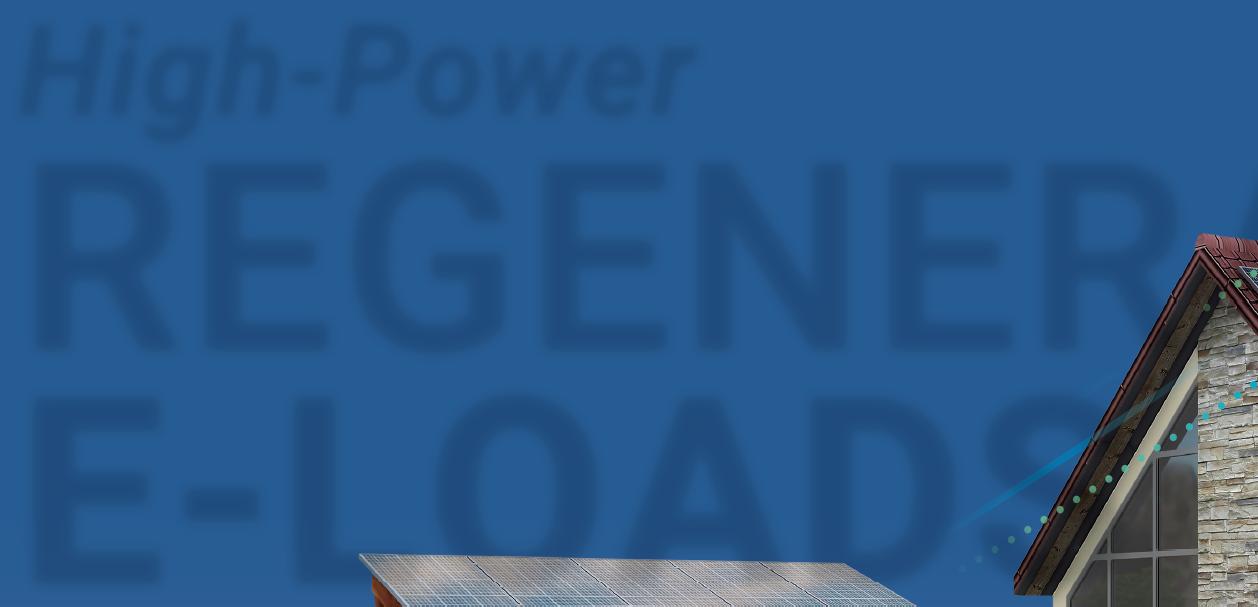



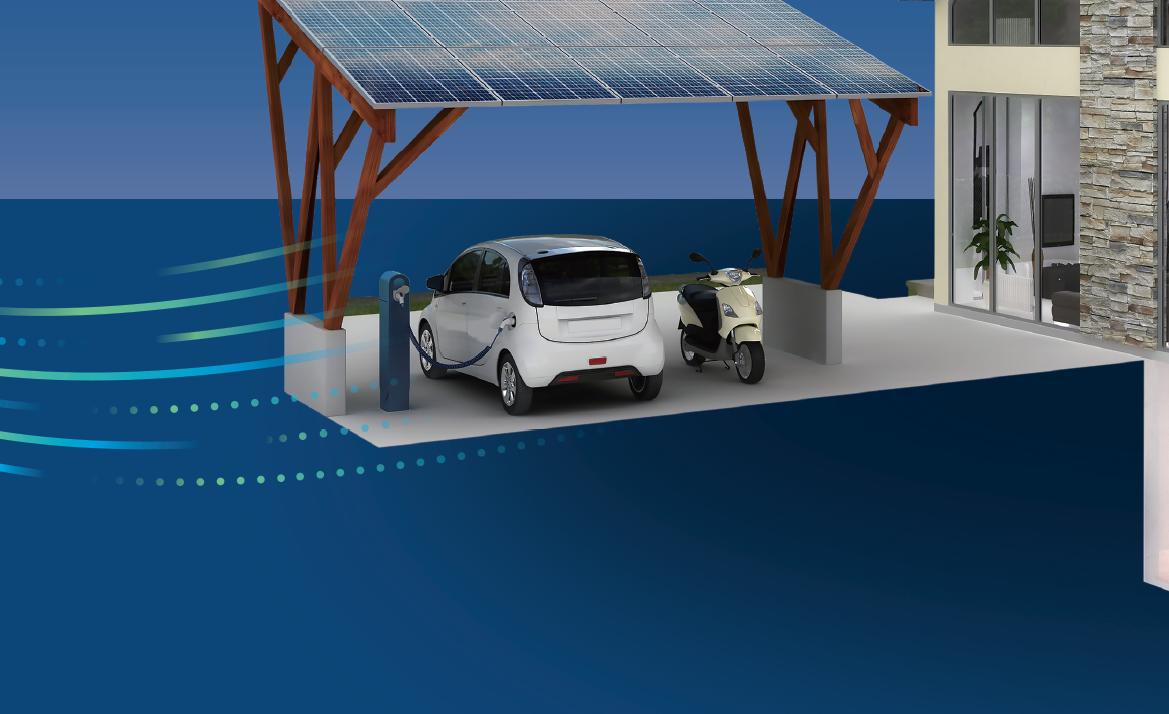
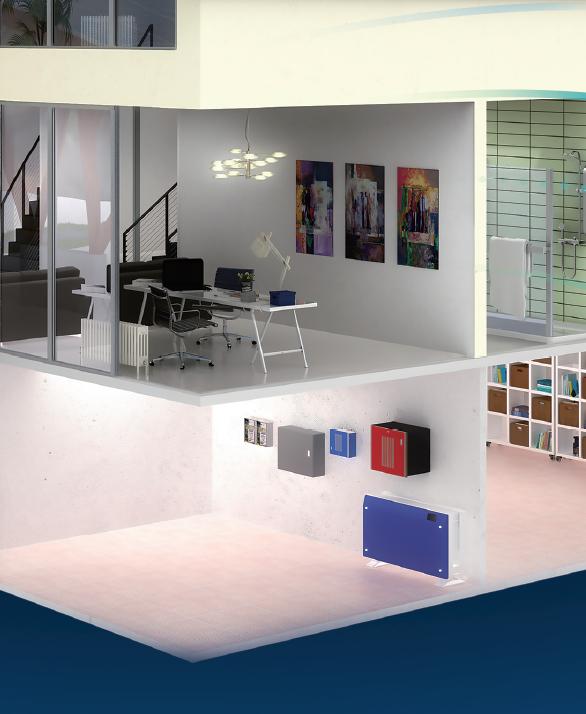






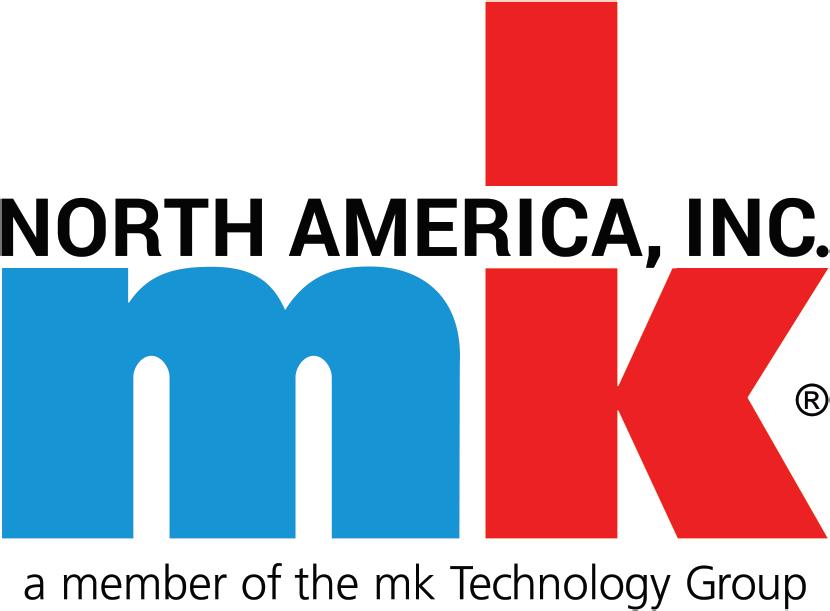
Raw Materials
Cell Components
Cell Production
Module Assembly
Battery Testing better products. better solutions.


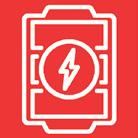

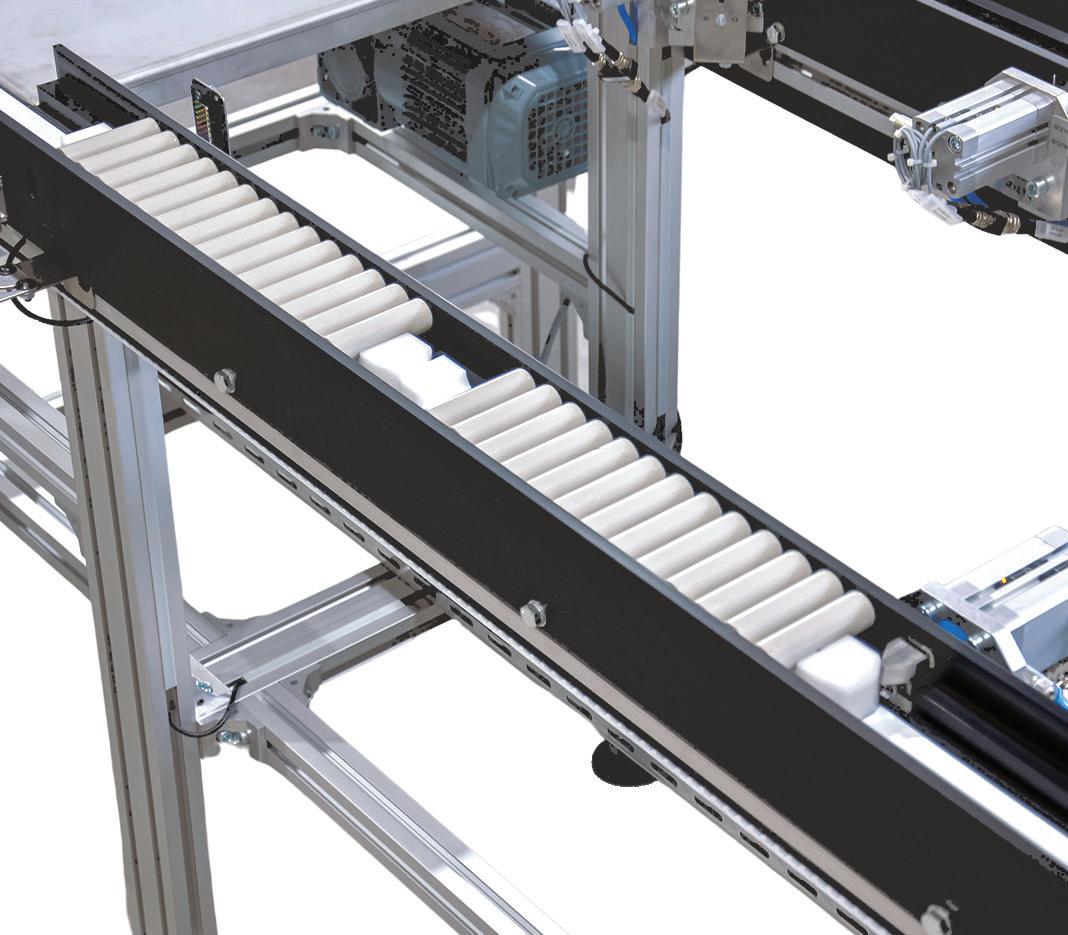

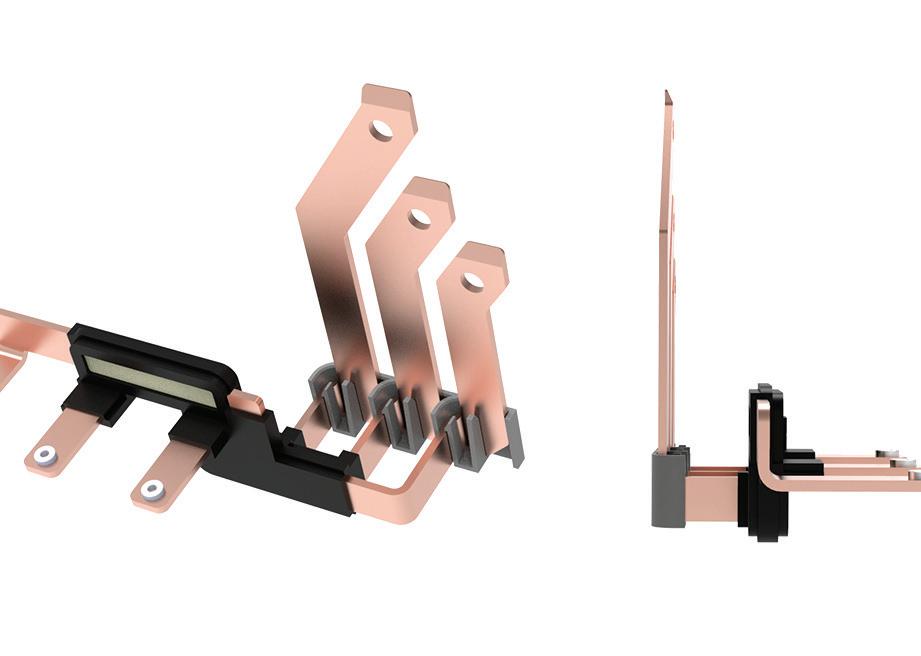
to the motor, resilience to vibrations is critical. They must handle high currents and voltages — typically reaching 150 A and 600 V, respectively — while effectively dissipating heat and maintaining a thin and lightweight construction.
Additionally, integrating Electromagnetic Interference (EMI) filtering is crucial to mitigate the impact of rapidly changing high currents on neighboring systems. Ensuring the constituent materials (conductor, resin, plastic packaging) share similar coefficients of thermal expansion (CTE) is essential to reduce stress during heat cycling, prevent fatigue, and extend their lifespan. Matching inductance values of different material layers is also advantageous to avoid unwanted heat generation.
Flexible busbars present a suitable solution when continuous vibrations are a concern. They consist of thin, high-conductivity copper foils bonded at mounting areas, allowing them to slide against one another. This flexibility enables effective interconnection, even when the busbar is subjected to vibrational or torsion forces.
2. Ac molded busbar
Traditional setups typically include spaces between busbar elements, making it challenging to fill with plastic material while meeting customization and integration needs. Molded busbars can minimize the amount of plastic and shorten plastic lengths, mitigating CTE mismatches.
Figure 3 illustrates a conventional assembly with a 2.3mm spacing between the busbars to facilitate plastic flow.
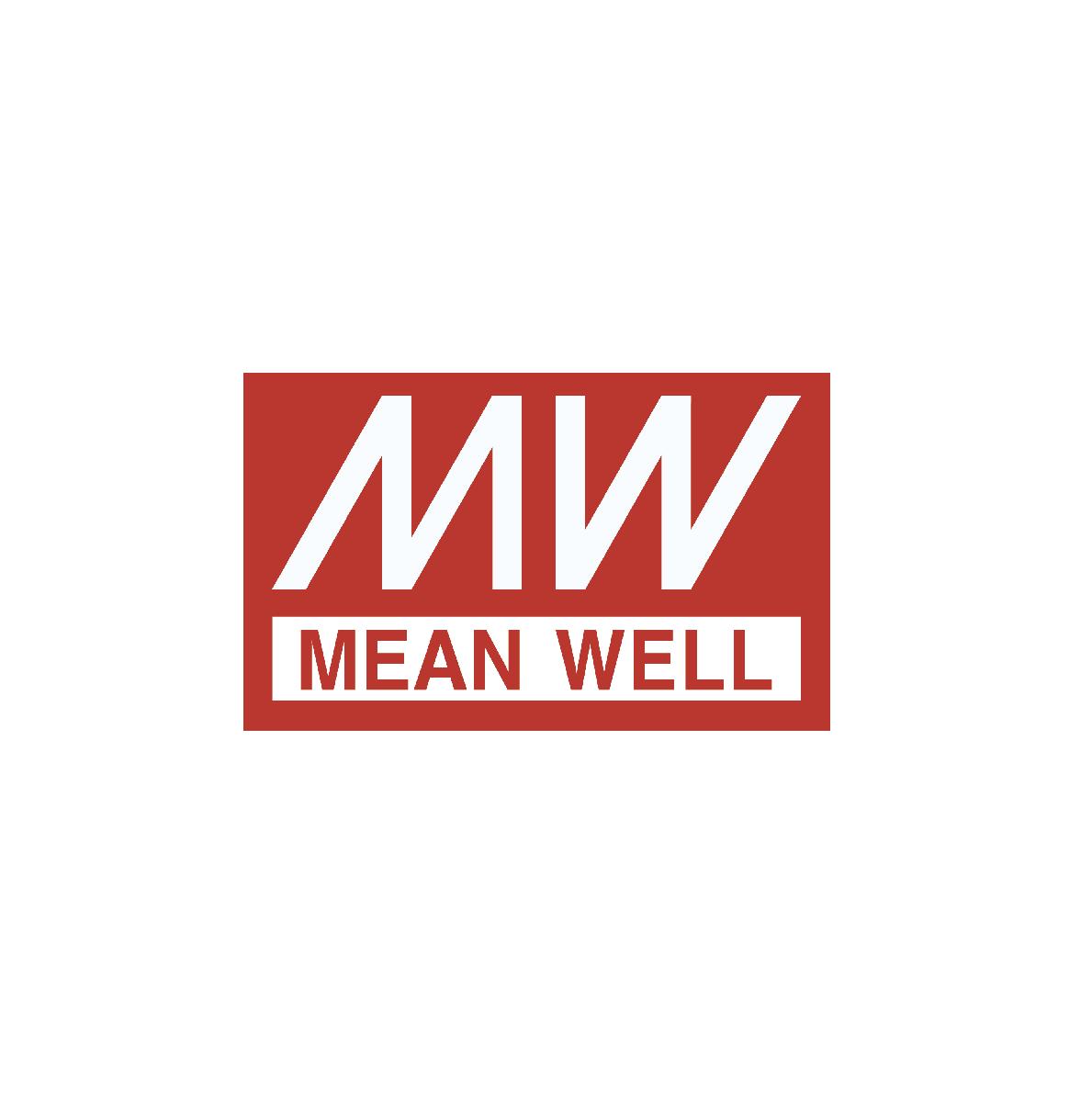
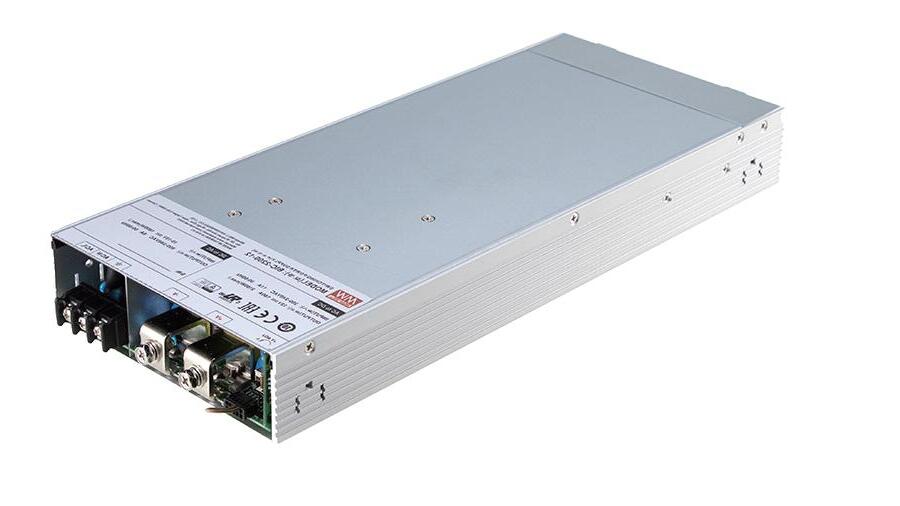
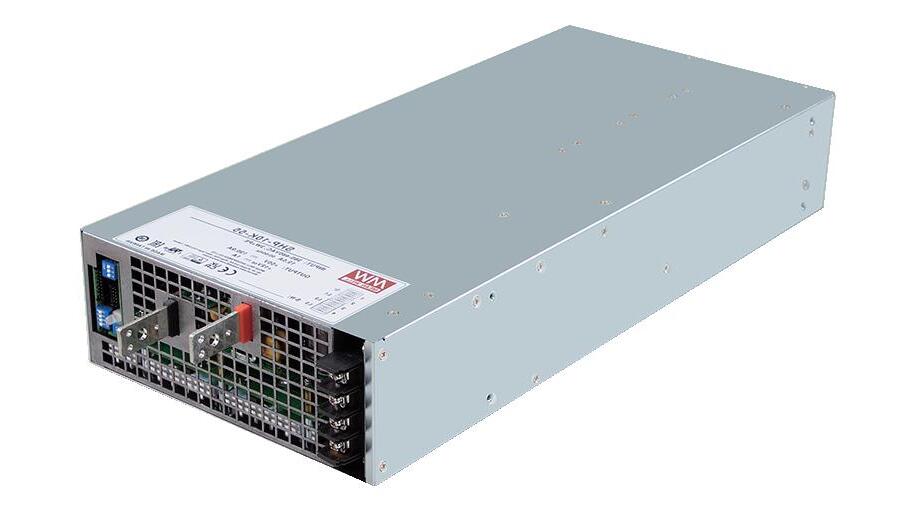
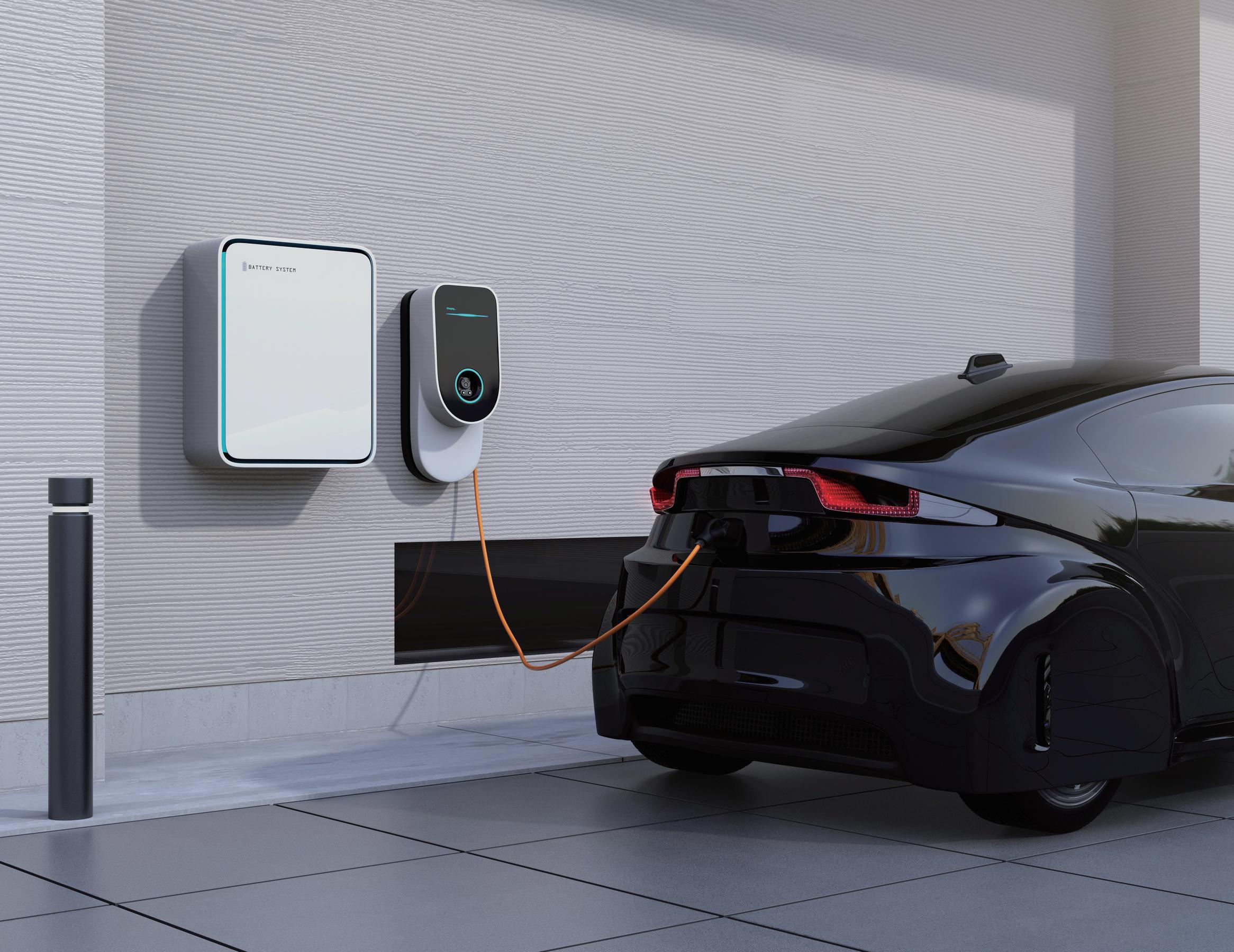
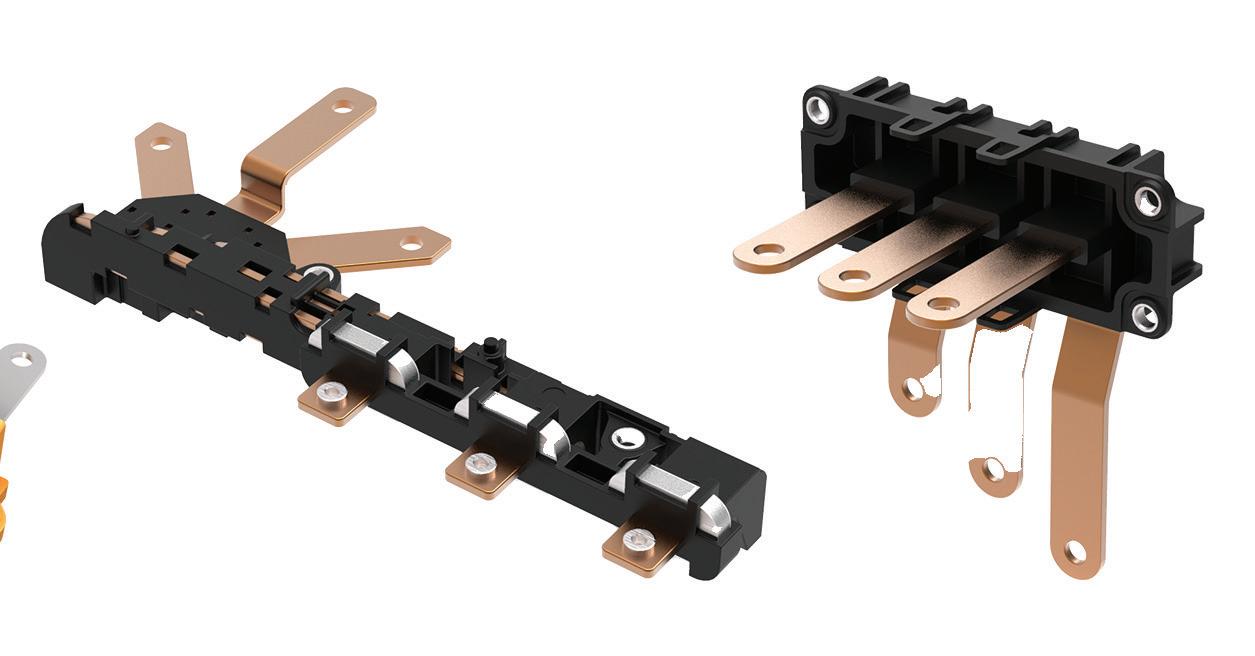
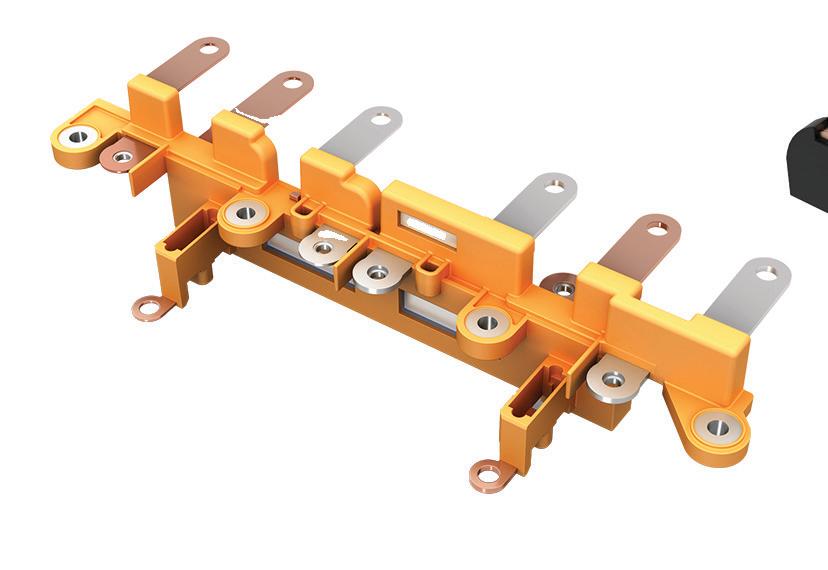

Adjacent is a molded assembly featuring an added insulator film, resulting in minimal CTE mismatches and reduced susceptibility to mechanical stress.
Integrating stress relief and flexibility into the busbar design is another important consideration. A holistic design approach incorporates flexibility to minimize stresses arising from temperature and vibrational factors. Key mitigation methods include incorporating busbar edge relief to evenly distribute stresses and using flexible connections within the assembly.
Efforts to streamline processes and reduce the number of EV components help suppliers control interconnect costs and enhance overall reliability. Adopting a modular approach enables cost-effective busbar manufacturing while maintaining adaptability for differentiation.
Financial investments in electric vehicle R&D are surpassing that of ICE vehicles, which is correlating to a surge in EV sales. This shift extends beyond established OEMs, as new startups contribute substantially to technological advancements. Differentiation between automakers is becoming critical to viability.
As automobile manufacturers recognize the pivotal role of the powertrain in distinguishing their EV models from competitors, seeking extensive guidance from interconnect suppliers is imperative. For long-term growth and success, EV manufacturers should engage with suppliers early in the product life cycle, ideally during the initial concept phase. EV